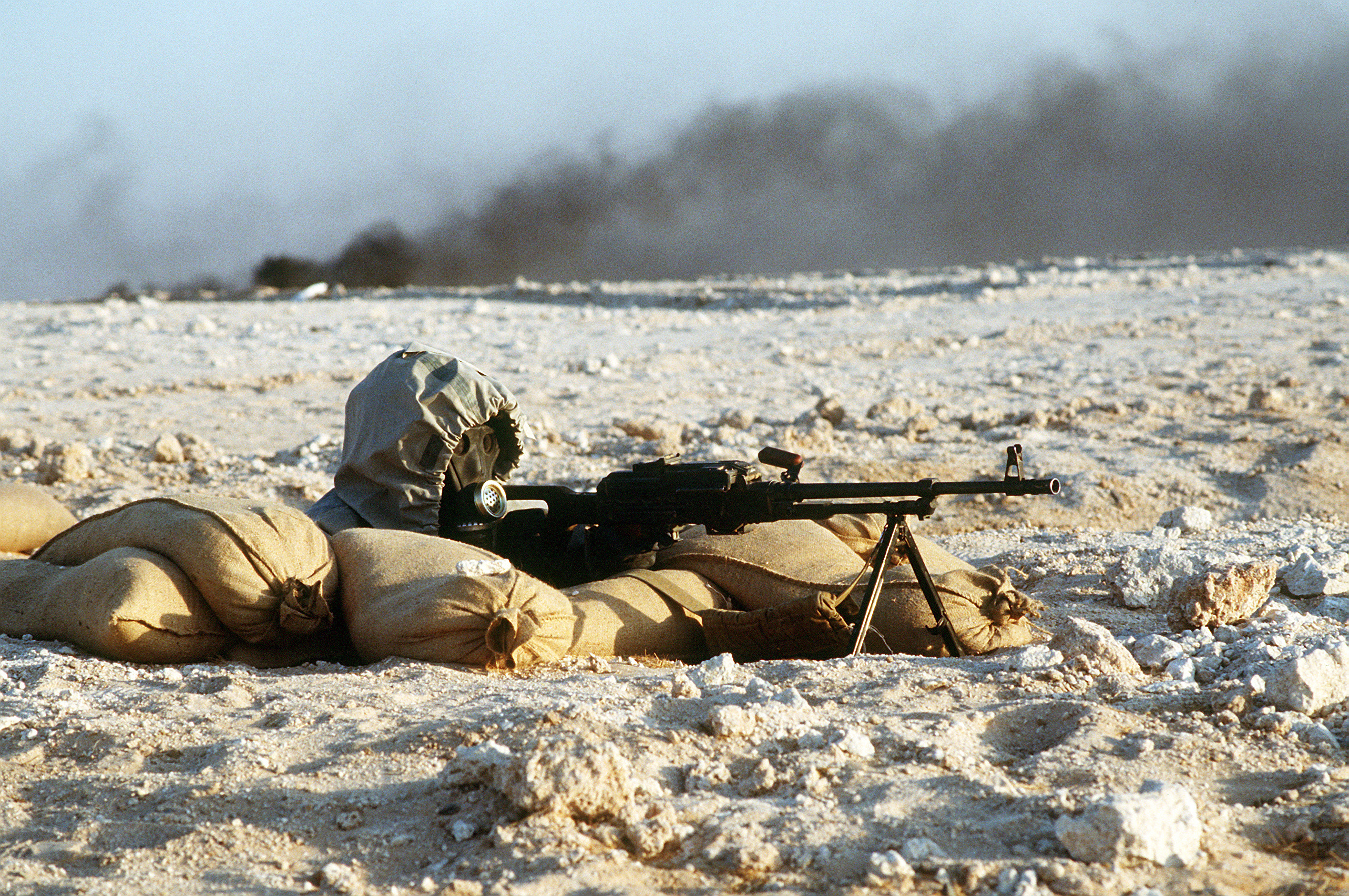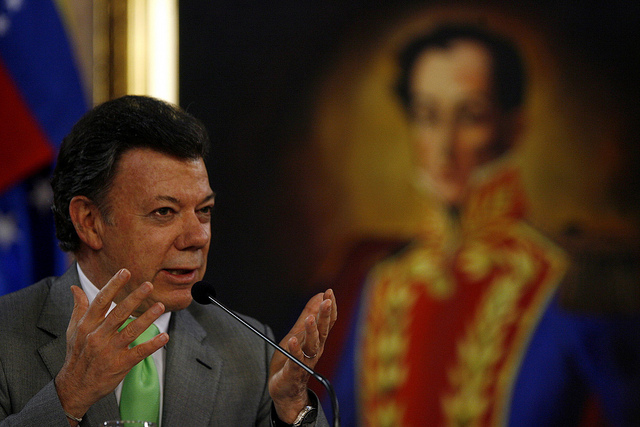More than four years on, Syria’s civil war continues to rage, killing roughly 250,000 people and forcing nearly half of the country’s prewar population of 23 million to flee. Additionally, ISIS continues to grow and advance while the Obama administration is struggling to defend its military strategy. The US-led coalition’s strategy is to “destroy and degrade” the terrorist ISIS and has focused on an air campaign and measures to roll back gains made by the Islamic State through training and funding Syrian rebels, but has avoided any direct strikes on forces loyal to Assad. However, when a top U.S. general told Congress last week that only a handful of U.S.-trained Syrian rebels are still fighting in Syria, critics accused the program as being a failure and evidence of a deeply troubled strategy in Syria.
In September 2014, Congress appropriated $500 million for the program to train and equip a force of 5000 “moderate” Syrian rebels. The Defence Department has asked for another $600 million in the upcoming 2016 budget request to keep churning out fighters, as the administration’s goal is to train 15,000 rebels in three years.
The U.S. military began training in May for up to 5,400 fighters a year, in what was seen as a test of Obama’s strategy of having local partners combat ISIS militants and keep U.S. troops off the front lines. The fighters, numbering about several dozen, are a part of the FSA’s 30th Division. “It is anticipated that new Syrian force personnel will coordinate with other moderate opposition forces to build trust between organizations that are countering ISIL,” stated Navy Cmdr. Elissa Smith, a Defence Department spokeswoman. U.S. officials have dubbed the fighters the “New Syrian Forces,” or NSF.
The program came under scrutiny in July when Secretary Aston Carter told the Senate Armed Services Committee that nearly a year after the program’s launch it had yielded only 60 fighters. Furthermore, the Pentagon has paid $41 million to smuggle these 60 fighters out of Syria, arm and train them in Turkey, and sneak them back in. Christine Wormuth, Under Secretary of Defence for policy, said “clearly” the target of 5,400 by December would not be reached
On July 12, the 54 members of Division 30 entered Syria but as soon as they crossed the border a number of them were kidnapped by Jabhat al-Nusra, a Syrian rebel group affiliated with Al-Qaeda. There was a lot of speculation in the media over how many were killed and captured, yet the U.S. Central Command spokesman Col. Pat Ryder refused to speculate how many NSF were still in the field and said that “we’re not doing a daily roll call” to get a head count.
Some believe the arrival plans were leaked by Turkish intelligence, owing to its close relationship with Islamist fighters, including Nusra. Though U.S. officials stated there “no indications that Turkish officials alerted the Nusra Front to the movements” of the U.S.-trained forces. Turkey and the U.S. have clashed for years over what U.S. officials characterize as Turkey’s willingness to work with Nusra, which the U.S. declared a foreign terrorist organization nearly three years ago.
General Austin, who heads the US military’s Central Command (Centcom), was asked to appear before the Senate Armed Services Committee. At this meeting, a senator asked Austin how many active Syrian fighters the US could count right now, given the attacks: “Can you tell us what the total number of trained fighters remains?” “It’s a small number,” Austin admitted. “We’re talking four or five.”
He said there was clearly no way of meeting the goal of 5,000 recruits a year, but urged patience. What’s more, Wormuth, admitted that there are only 100-120 fighters in three more classes currently being trained.
“That’s a joke,” Sen. Kelly Ayotte told Austin and Sen. Jeff Sessions stated “We have to acknowledge this is a total failure. I wish it weren’t so, but that’s the fact.” Army officials argued that the low numbers are due fears over extremist groups infiltrating the program. The vetting process for the fighters is rigorous, including not only a background check but also a polygraph test and a counterintelligence interview.
From the beginning of U.S. operations against ISIS in Iraq and Syria, President Obama has pledged there would be no US “boots on the ground.” He stated in September that strengthening the Syrian rebels, rather than relying on Syrian government forces, represented the “the best counterweight” to ISIS militants. The U.S.-trained Syrian fighters have to sign a pledge to fight the Islamic State, not Assad’s forces.
Syria watchers argued that the program was doomed from the start, because it wanted to force nationalist Arab activists who are most concerned with toppling Syrian President Assad, to focus on ISIS. Many of those nationalists, while no fans of the Islamic State, still see removing Assad as the first priority and it has proved very difficult for the Americans to recruit fighters because most “moderate” Syrians actually support Assad.
It is clear that the U.S. mission in Syria has not been effective thus far. This is due to a lack of understanding of the enemy and a strategy based around the Obama administration’s election promises of minimal military engagement in foreign conflicts.




